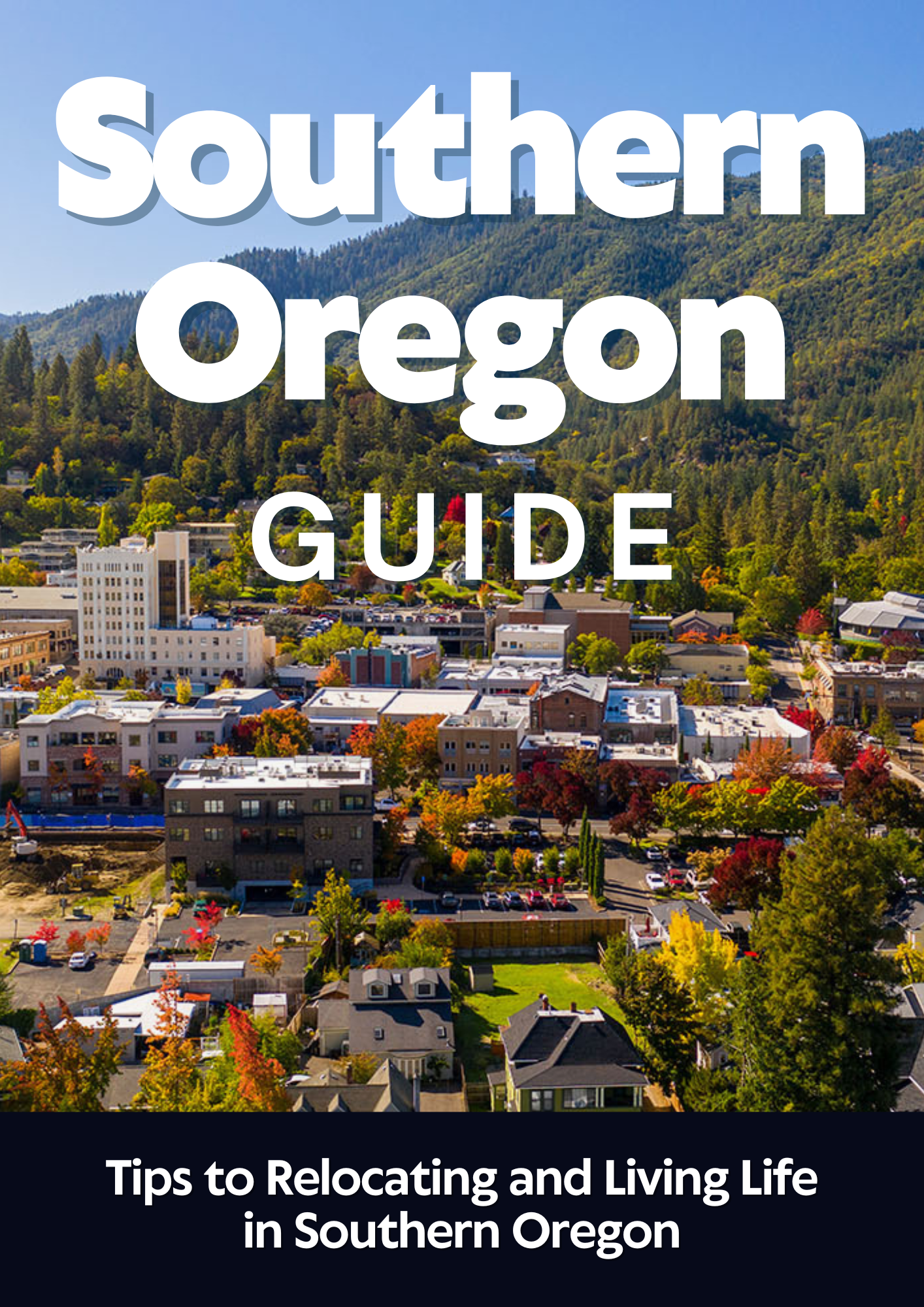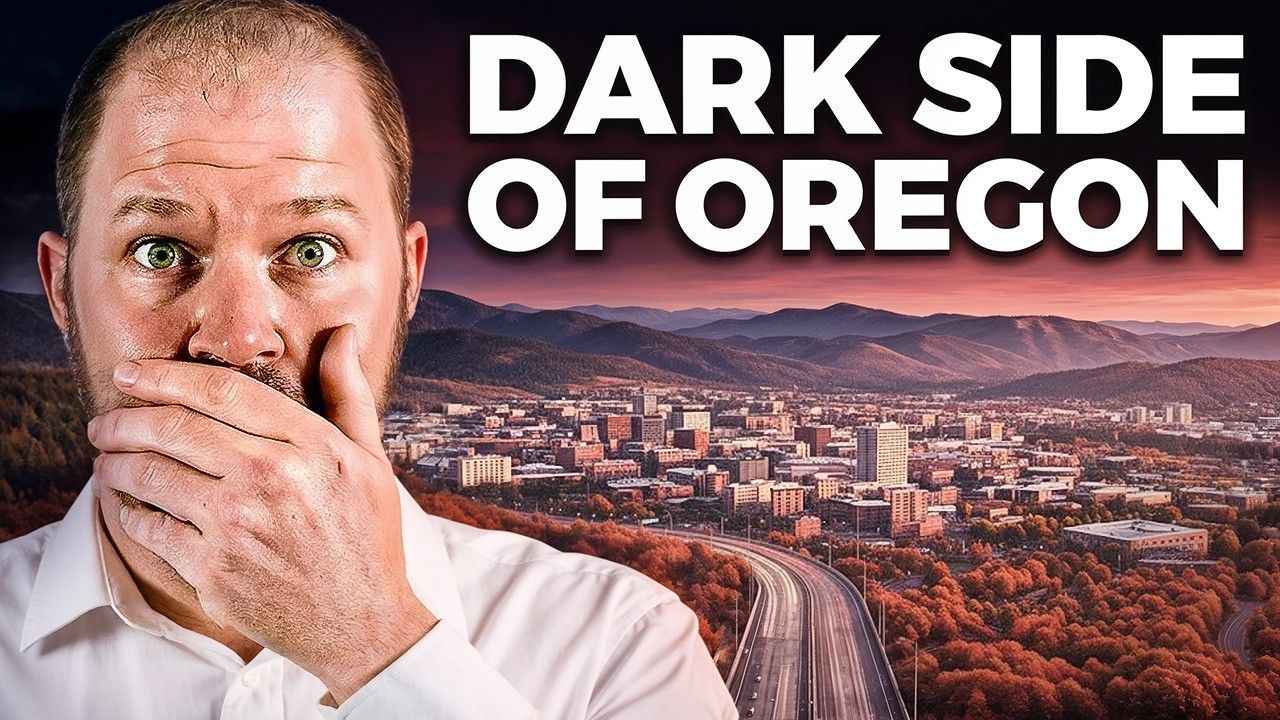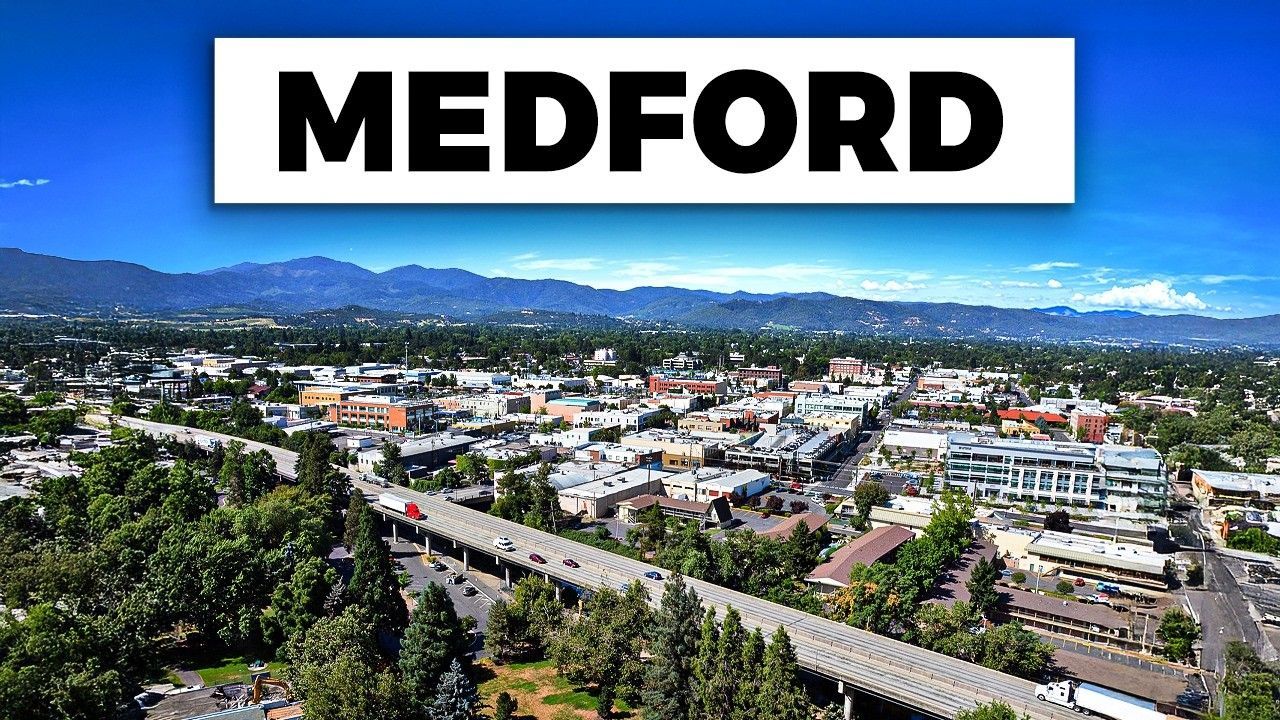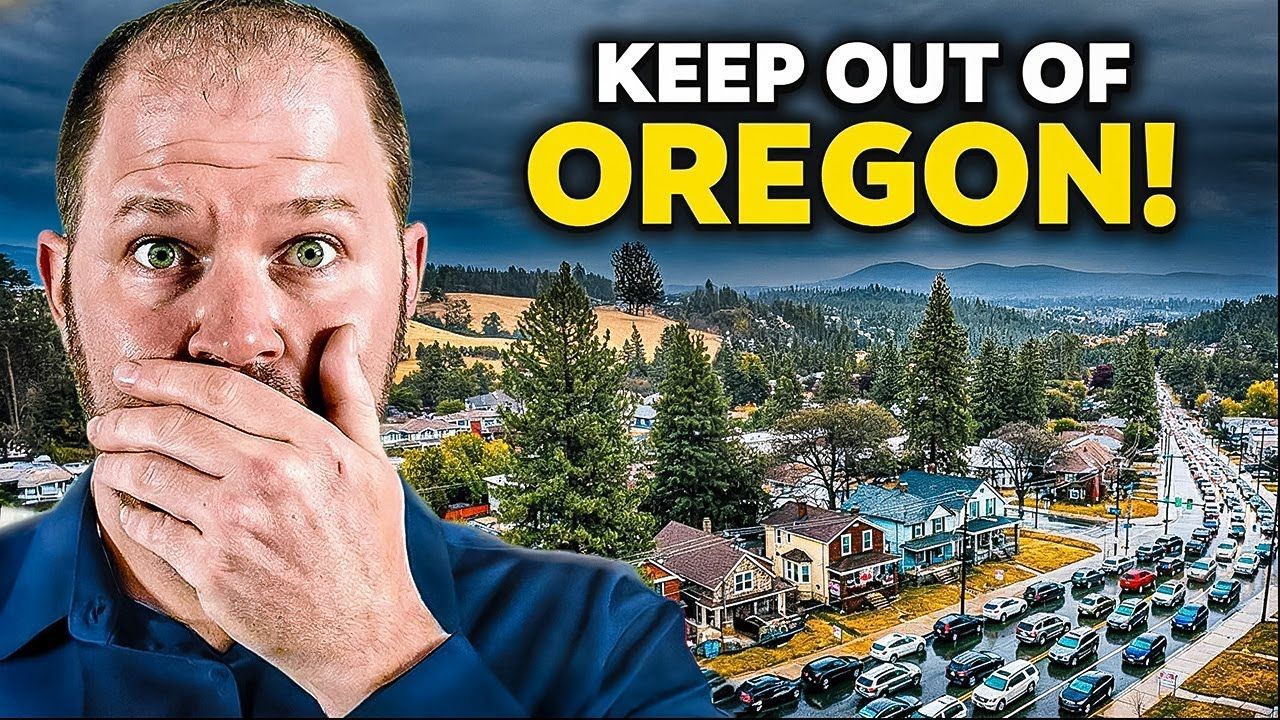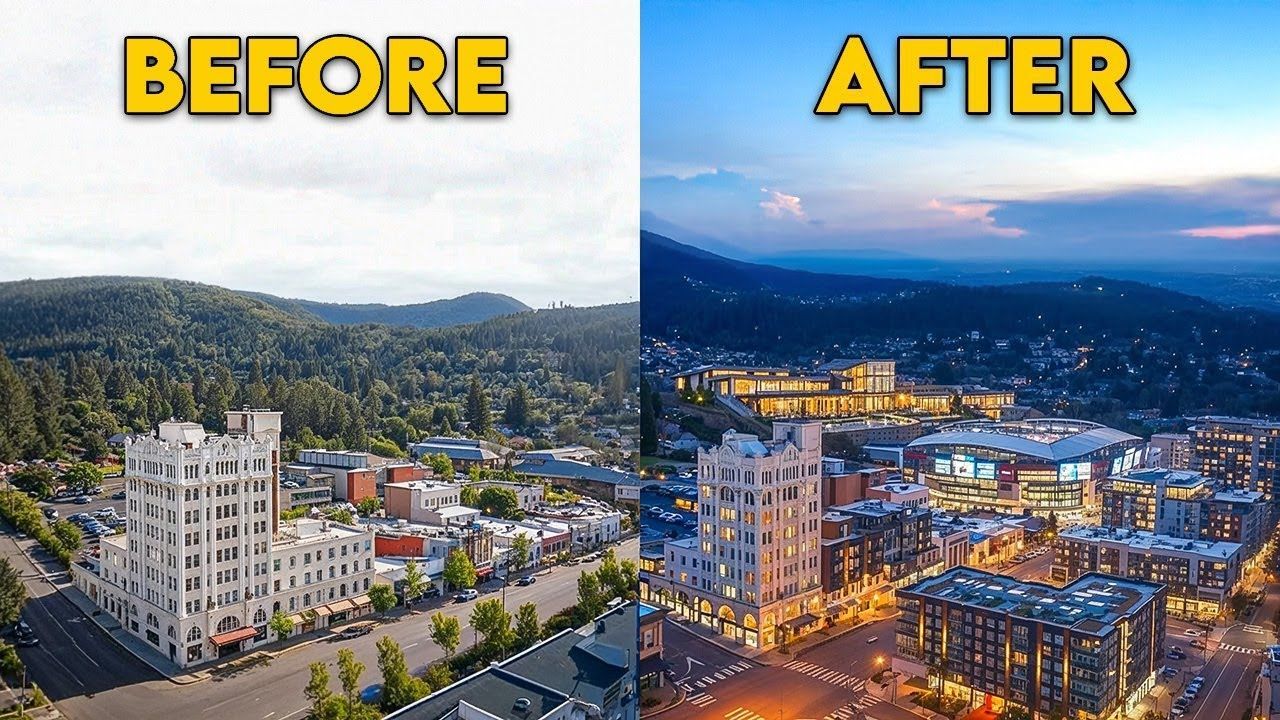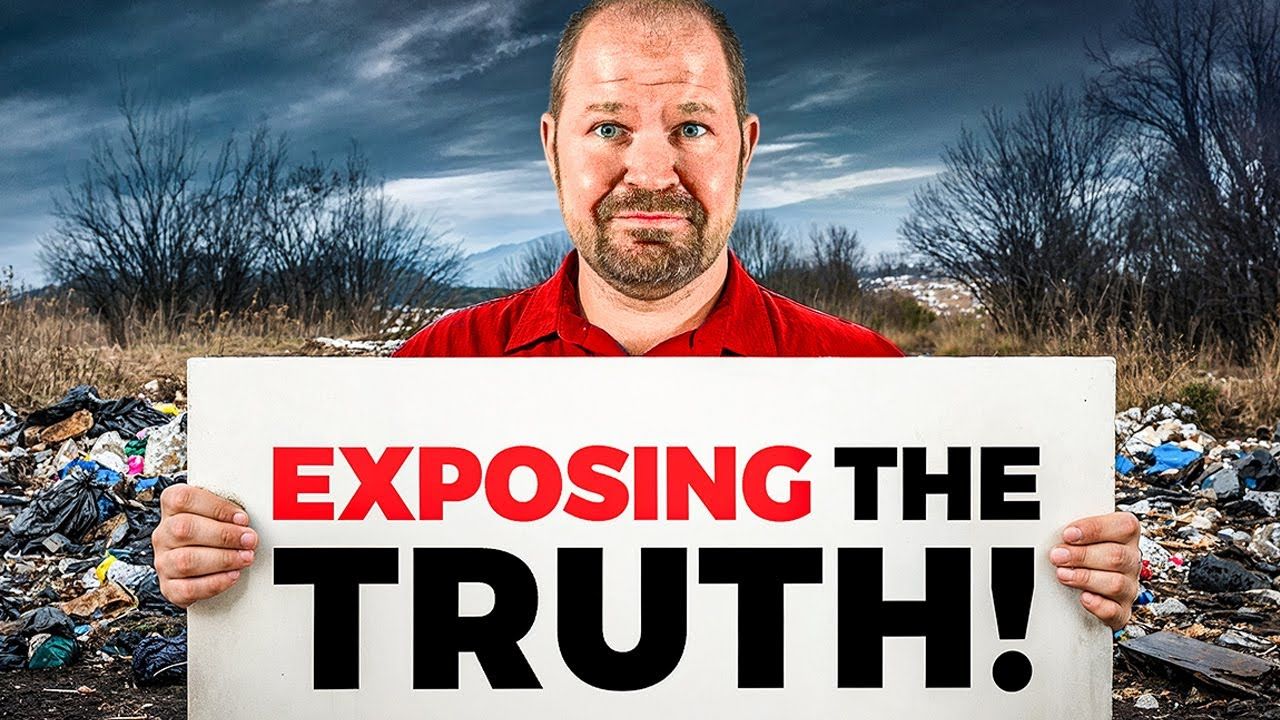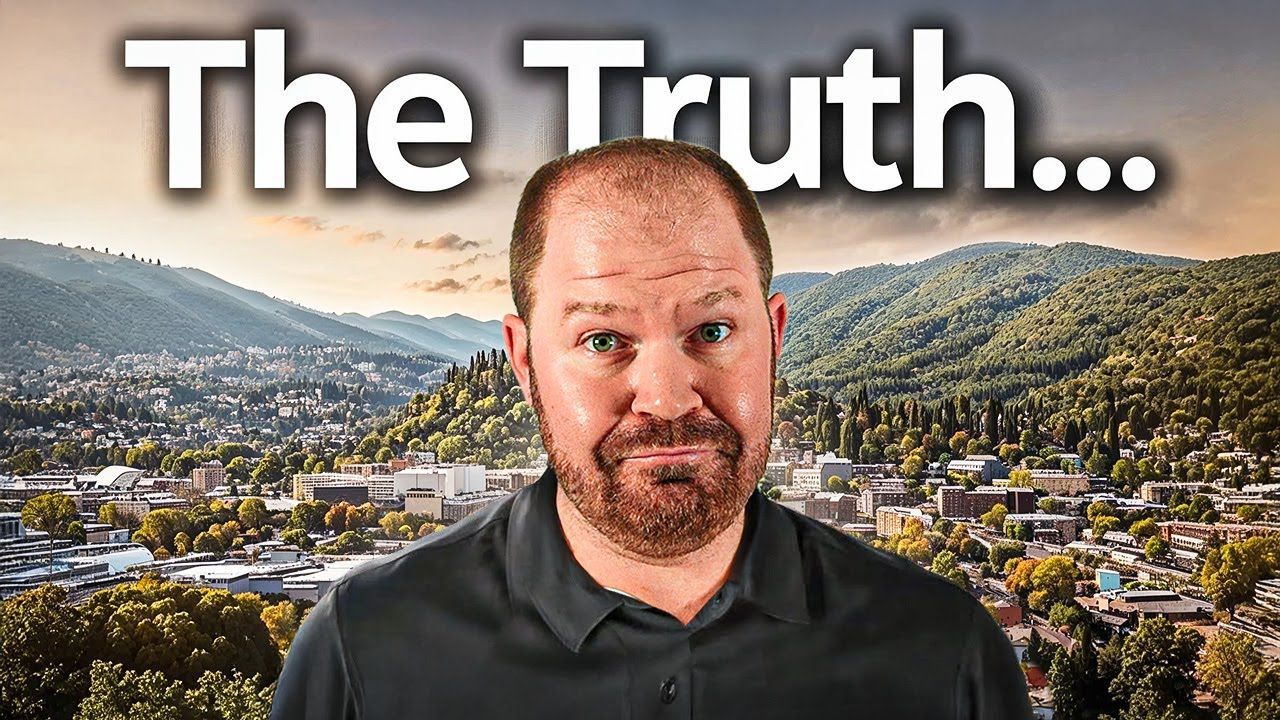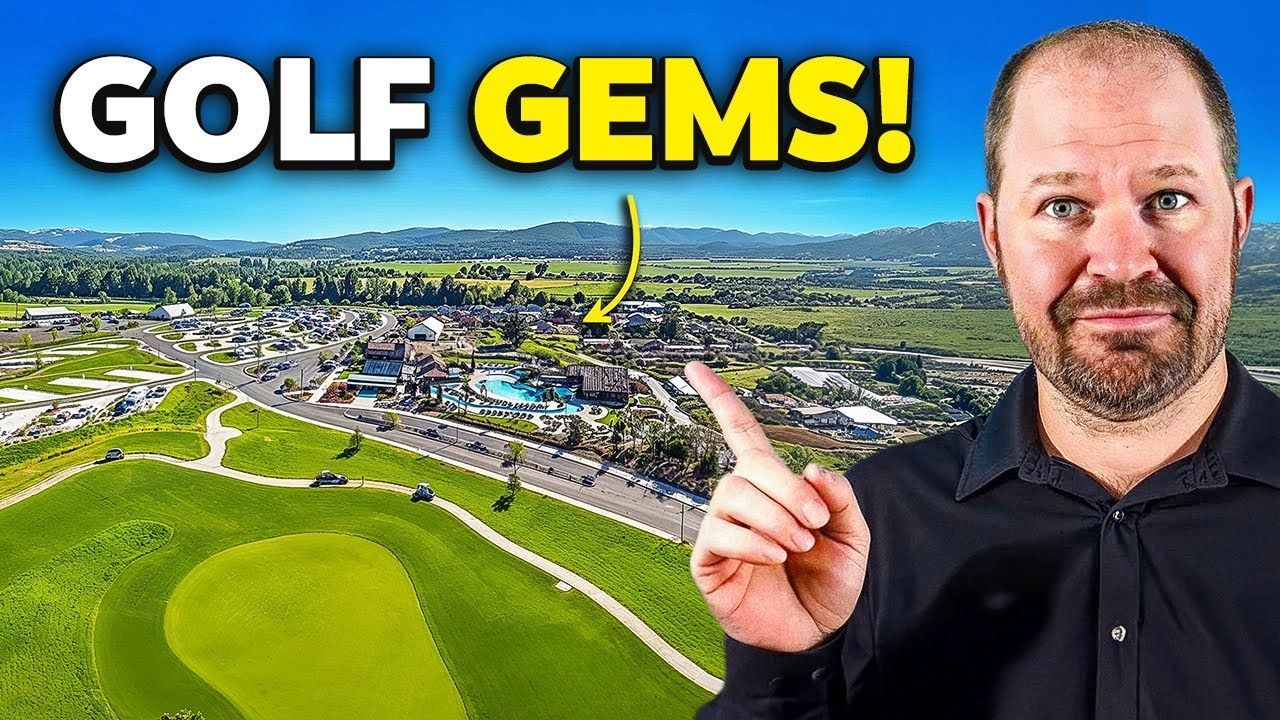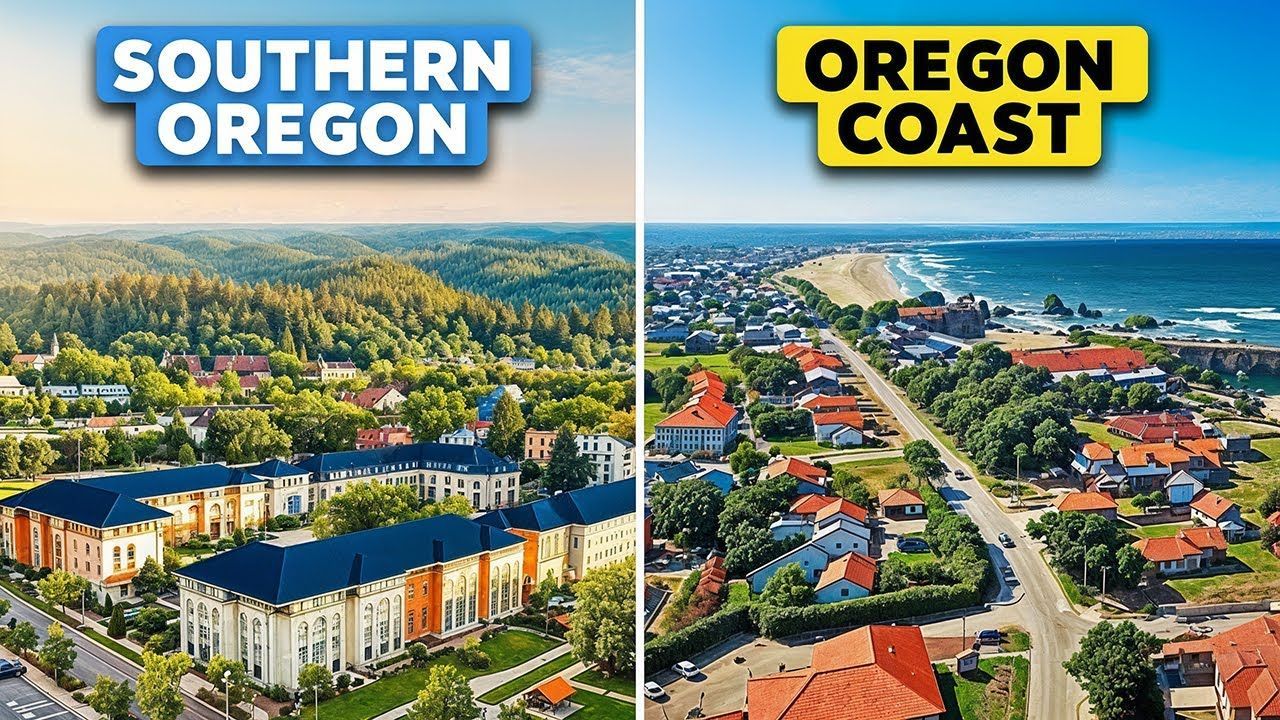Why Nobody Lives in Eastern Oregon
Ever wondered why nobody lives in Eastern Oregon? You’re definitely not the only one. This part of the state feels worlds away from Portland, Eugene, and Bend, with wide-open skies, rugged landscapes, and small towns scattered across miles of high desert. The scenery is stunning — think canyons, mountains, and endless horizons — but the question always comes back: why do so few people actually live here?
I’m Brian Simmons with Buying Southern Oregon, and in this post I’ll break down the real reasons Eastern Oregon is so sparsely populated. From the myths that keep people away to the history that shaped it, we’ll dig into what life is really like on the eastern side of the state. And while not many people call it home, it’s easy to see why visitors still flock here for the jaw-dropping views, outdoor adventures, and the unique culture that makes Eastern Oregon unlike anywhere else.
Table of Contents
- Introduction: What the Phrase "Why Nobody Lives in Eastern Oregon" Really Means
- Ancient History Beneath Eastern Oregon’s Soil
- Settlement patterns: Why Pioneers Passed Through (and Why Ranchers Stayed)
- Economy: Agriculture is King, Timber Had its Run, Tourism is Rising
- Must-see Places in the Oregon Outback
- Outdoor life: Overlanding, Hunting, Fishing — Real Reasons People Go Out There
- Controversies and National Headlines: Malheur Occupation and the Rajneesh Saga
- Could You Live There? Pros and Cons of Making Eastern Oregon Home
- Not ready for Full Outback Life? Consider Southern or Central Oregon
- Real Estate Tips if You’re Considering Country Property
- FAQs About Why Nobody Lives in Eastern Oregon
- Conclusion: So, Why Nobody Lives in Eastern Oregon — and Why That’s Not the Whole Story
Introduction: What the Phrase "Why Nobody Lives in Eastern Oregon" Really Means
When people ask why nobody lives in Eastern Oregon, they’re usually reacting to just how empty this massive part of the state feels compared to the Willamette Valley or the coast. But that question only scratches the surface. Eastern Oregon — often called Oregon’s Outback — is dry, remote, and sparsely populated, yet it’s also a place of striking contrasts. It feels quiet and isolated, but it’s increasingly drawing visitors. It seems empty, yet its small towns are full of character and history. And while its population density is low, the region continues to make a big impression with its dramatic scenery and stories.
Ancient History Beneath Eastern Oregon’s Soil
Part of what makes Eastern Oregon so fascinating is its deep and surprising history. In July 2023, archaeologists excavating the Rimrock Draw rock shelter near Riley, Oregon, uncovered artifacts that completely reshaped what we know about early life here. Among the discoveries were fragments of camel tooth enamel and a human-made stone tool buried beneath layers of ash from a Mount St. Helens eruption that took place more than 15,000 years ago.
These artifacts have been dated to over 18,000 years old, making the site one of the oldest known signs of human occupation in North America. It’s a powerful reminder that long before modern settlement — and before people started asking why nobody lives in Eastern Oregon today — this land was alive with human activity, ancient animals, and stories still waiting to be uncovered.
Fast forward from those prehistoric occupants to the early 1800s, and the Oregon Trail rolled through this region. But Eastern Oregon wasn’t a popular place to stop. Travelers who spent months or years on the trail were often determined to reach the fertile Willamette Valley and the coast — and not to settle in windswept sagebrush country.
Those who did settle were primarily ranchers. Ranching requires huge tracts of land to graze cattle and sheep, and Eastern Oregon delivered that in spades. Tens of thousands of acres per operation, thousands of head of livestock — the land suited an agricultural model that prized scale over density. So if you want to understand why nobody lives in Eastern Oregon in dense communities, look to the economic model that shaped its settlement: big land, few people.
Economy: Agriculture is King, Timber Had its Run, Tourism is Rising
Agriculture and ranching remain the primary economic drivers in Eastern Oregon. These industries are land-intensive and don’t create many densely populated towns. Timber had its chapter — especially between the 1920s and the 1980s — but recurring setbacks with mills and regulation stunted a sustained boom. The result? Large swathes of land devoted to primary industries, and towns that never grew into big population centers.
But here’s the more recent shift: tourism is on the rise. Resorts and destination experiences — think world-class golf, horseback riding, and yes, quirky things like goat-herding experiences — are bringing people in. The Silvies Valley Ranch north of Burns (referenced in local coverage) is a 150,000-acre ranch that has been included on lists of top American resorts. Places like Joseph and Wallowa Lake — with the Eagle Cap Mountains (often called the Oregon Alps) — are attracting hikers, campers, and photographers. Events like the Pendleton Round-Up also draw big crowds every year.
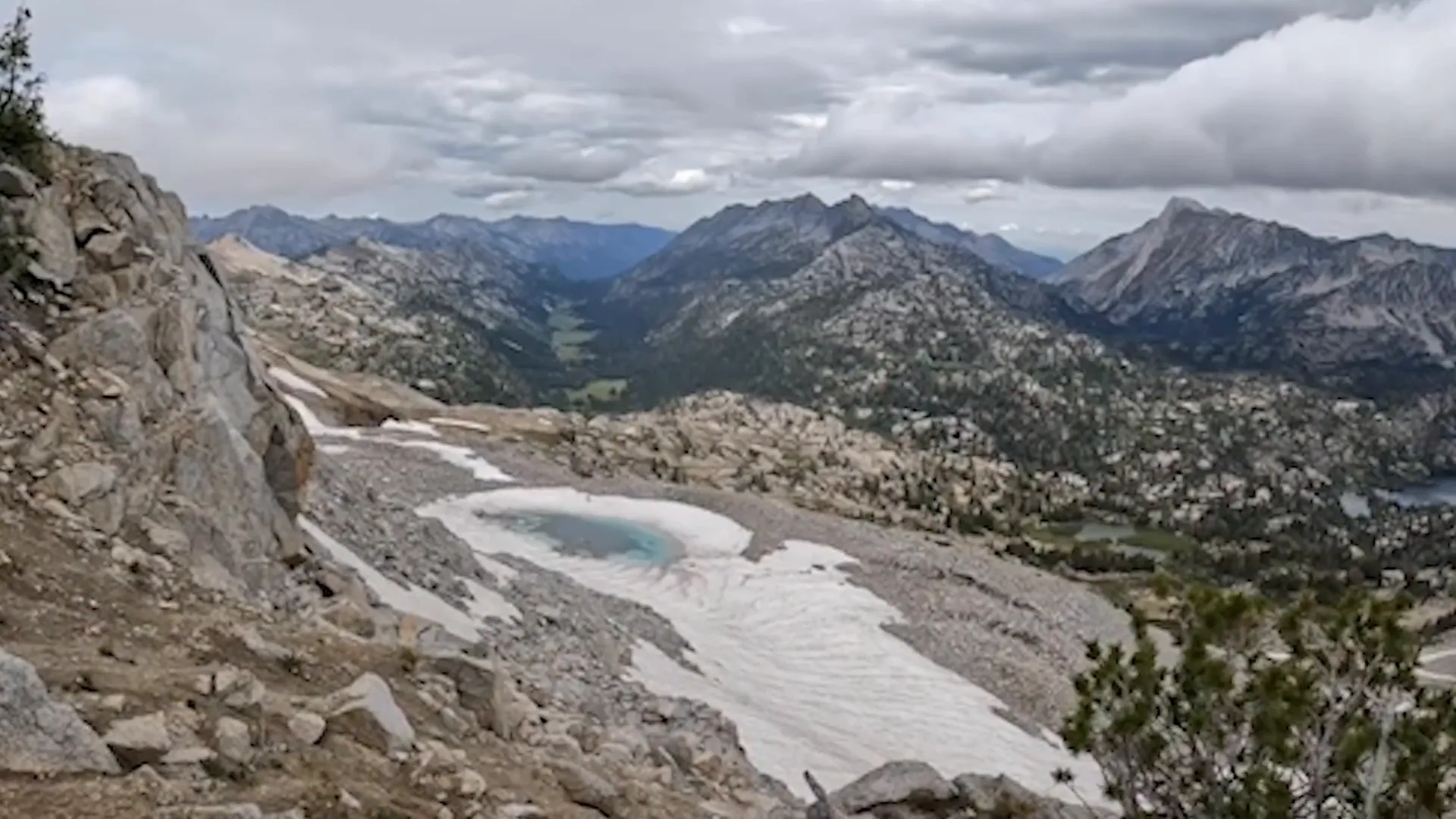
Must-see Places in the Oregon Outback
One reason people visit Eastern Oregon in droves is the sheer variety of landscapes packed into one region. If you’re wondering why nobody lives in Eastern Oregon but still thinking you might want to visit or even live near it, these destinations will explain why so many people come for recreation:
- Christmas Valley Sand Dunes — miles of shifting sand that attract off-roaders.
- The Painted Hills — part of the John Day Fossil Beds, an otherworldly palette of reds, golds, and ochres.
- Owyhee Canyonlands — rugged badlands and remote river canyons.
- Steens Mountain and the Alvord Desert — dramatic elevation changes and wide-open space.
- Hells Canyon and the Snake River — North America’s deepest river gorge with epic fishing and rafting.
These places are part of why the overlanding community absolutely loves Eastern Oregon. Those retrofitted Sprinter vans with stickers on the back? Many of them have Eastern Oregon itineraries tattooed into their GPS.
Outdoor Life: Overlanding, Hunting, Fishing — Real Reasons People Go Out There
Eastern Oregon is practically a playground for folks who love solitude and the outdoors. You can spend a lifetime camping in new places and still find solitude. The stars are extraordinary because light pollution is minimal. For those who hunt and fish, the opportunities are significant: Rocky Mountain elk, bighorn sheep, mule deer, antelope, chukar, quail, grouse — and on the water, great fishing opportunities on the Snake River and other drainages.
That said, not every hunter or angler would recommend Eastern Oregon above other western spots if your priority is trophy-sized game. Still, the variety and accessibility of public lands make the region appealing.
Controversies and National Headlines: Malheur Occupation and the Rajneesh Saga
Eastern Oregon has seen some events that brought national eyes to its small towns. Two stand out: the 2016 occupation of the Malheur National Wildlife Refuge and the 1980s Rajneesh (Rajneeshi) movement centered near Antelope (often spelled “analou” in local recollections).
Malheur National Wildlife Refuge occupation (2016)
The Malheur occupation came after a chain of events that started with local ranchers convicted of arson for setting fires on federal land — a practice they defended as a preventive measure against larger fires. Initially given relatively short sentences, their cases were escalated on appeal and a federal judge later imposed longer sentences. That decision drew protesters; a subgroup traveled to the Malheur refuge in protest, set up a camp, and tensions escalated. The standoff ended tragically with the death of an occupier during an FBI encounter.
The Rajneesh movement and "Wild Wild Country" (1980s)
This one is almost cinematic in its scale. A spiritual community led by Bhagwan Shree Rajneesh purchased roughly 64,000 acres near Antelope and tried to build a planned city for thousands of followers. They created houses, restaurants, a fire department, an airstrip, sewage treatment — an entire functioning township. Local authorities and the county pushed back because of zoning and land-use issues, and the movement engaged in a high-stakes game of local politics, including recruiting thousands of homeless people to influence elections. The story spiraled into legal battles, allegations of criminal activity, and national scandal; it was so dramatic it became the subject of the Netflix documentary Wild Wild Country.
Both incidents show how remote places with small populations can become focal points for big national conflicts. They also reveal cultural divides: the tension between local rural ways of life and large, ideologically or politically motivated groups.
Could You Live There? Pros and Cons of Making Eastern Oregon Home
So if you’re still asking "Why Nobody Lives in Eastern Oregon," you should be asking instead, "could I live there?" The answer depends on what you value and how much inconvenience you’re willing to accept for the rewards of space, privacy, and wild nature.
Pros
- Unmatched privacy and space — properties with acreage and minimal neighbors.
- Access to incredible public lands and outdoor recreation.
- Lower population density and, in many cases, a lower cost of living compared to urban centers.
- Strong cultural identity in small towns — community events like the Pendleton Round-Up are big deal-makers.
- Potential for large agricultural or ranching operations.
Cons
- Distance from major services: hospitals, airports, and some schools can be hours away.
- Wind, dust, and harsh winters in places — the climate isn’t for everyone.
- Limited job opportunities outside primary industries (agriculture, some tourism, small services).
- Infrastructure issues: cell service, internet, and road quality can be inconsistent.
- Political and legal friction over land use can disrupt life (as history has shown).
Not ready for Full Outback Life? Consider Southern or Central Oregon
If Eastern Oregon’s lifestyle sounds appealing but a little too remote, there are smart middle-ground options. Southern Oregon (Medford / Grants Pass) offers proximity to the desert for weekend escapes while delivering amenities you likely want: an airport, hospitals, good schools, big-box stores like Costco, and a more conventional housing market. Central Oregon (Bend / Redmond / La Pine) offers something similar, though often at a higher price point.
Both regions allow you to enjoy the Oregon Outback without committing to life in the most remote parts of the state. For many people, that balance is the sweet spot.
Real Estate Tips if You’re Considering Country Property
If the idea of country living appeals to you, here are a few practical tips I’ve learned working with clients who want to buy in rural Oregon:
- Understand land use and zoning: Counties have different rules about building, subdivisions, and commercial use. These can make or break your plans.
- Know your water situation: Well permits, water rights, and irrigation concerns are often more complex than buyers expect.
- Expect infrastructure upgrades: You may need to budget for septic systems, well maintenance, and improved access roads.
- Check cell and internet options: Remote properties may require satellite internet or specialized wireless solutions.
- Think long-term about maintenance: Large properties mean more upkeep — fences, predators, weed control, and road maintenance.
If you want help navigating the rural market — listing, buying, or just understanding options near Eastern Oregon — reach out. I’m happy to help you weigh the tradeoffs and find the right balance of remoteness and convenience for your lifestyle.
FAQs About Why Nobody Lives in Eastern Oregon
Is Eastern Oregon truly uninhabited?
No — people live in Eastern Oregon, but the region is sparsely populated. Large land parcels for ranching and agriculture, combined with limited economic diversification, keep population density low.
What are the main jobs in Eastern Oregon?
Agriculture and ranching dominate. Timber had a significant role historically but is less stable. Tourism is growing, especially around outdoor recreation and destination resorts.
Is it dangerous or unstable because of past conflicts like Malheur or Rajneesh?
Those events were highly publicized and did bring national attention, but they are not daily occurrences. Most of Eastern Oregon is peaceful and community-centered. Still, they highlight how remote governance and land-use tensions can flare into national stories.
What about healthcare and schools?
Access varies. Some towns have strong local services; others rely on regional centers miles away. If you have specific needs, research distances to hospitals, clinics, and school districts before buying.
Can I find internet and cell phone service?
Sometimes yes, sometimes no. In remote places you may need satellite internet or fixed wireless. Cell coverage is spotty in many valleys and plateaus.
What’s the climate like?
Many parts are high desert: dry, windy, hot in summer, cold in winter. Elevation changes create microclimates; mountain areas like the Eagle Caps are much cooler and snowier.
Conclusion: So, Why Nobody Lives in Eastern Oregon — and Why That’s Not the Whole Story
The short answer to "Why Nobody Lives in Eastern Oregon" is that the geography, economy, and lifestyle all favor low population density. Large ranches, agricultural needs, and historically limited industry keep people spread out. Add the remoteness of services and infrastructure challenges, and you get a region that looks empty on the map.
But the long answer is more nuanced. Eastern Oregon is full of life — ancient human occupation, thriving ranching cultures, stunning landscapes, and a growing tourism economy. It’s wild, quiet, and sometimes politically loud. It’s ideal for people who want space and public land access, and less ideal for those who need quick access to urban amenities. If you’re asking why nobody lives in Eastern Oregon, also ask: do I want to live somewhere where nobody lives? If the answer is yes, you’ll find few places more spectacular.
If you’re curious about buying, selling, or simply learning more about the region — whether Eastern Oregon itself or the more amenity-rich southern or central alternatives — I’d love to help. Call or text me anytime at 541-954-7758 to discuss properties, land-use questions, or what life might actually look like if you decide to live where nobody lives.
Again, I’m Brian Simmons with Buying Southern Oregon. Thanks for reading — and if Eastern Oregon calls your name, let’s talk about making that move a reality!
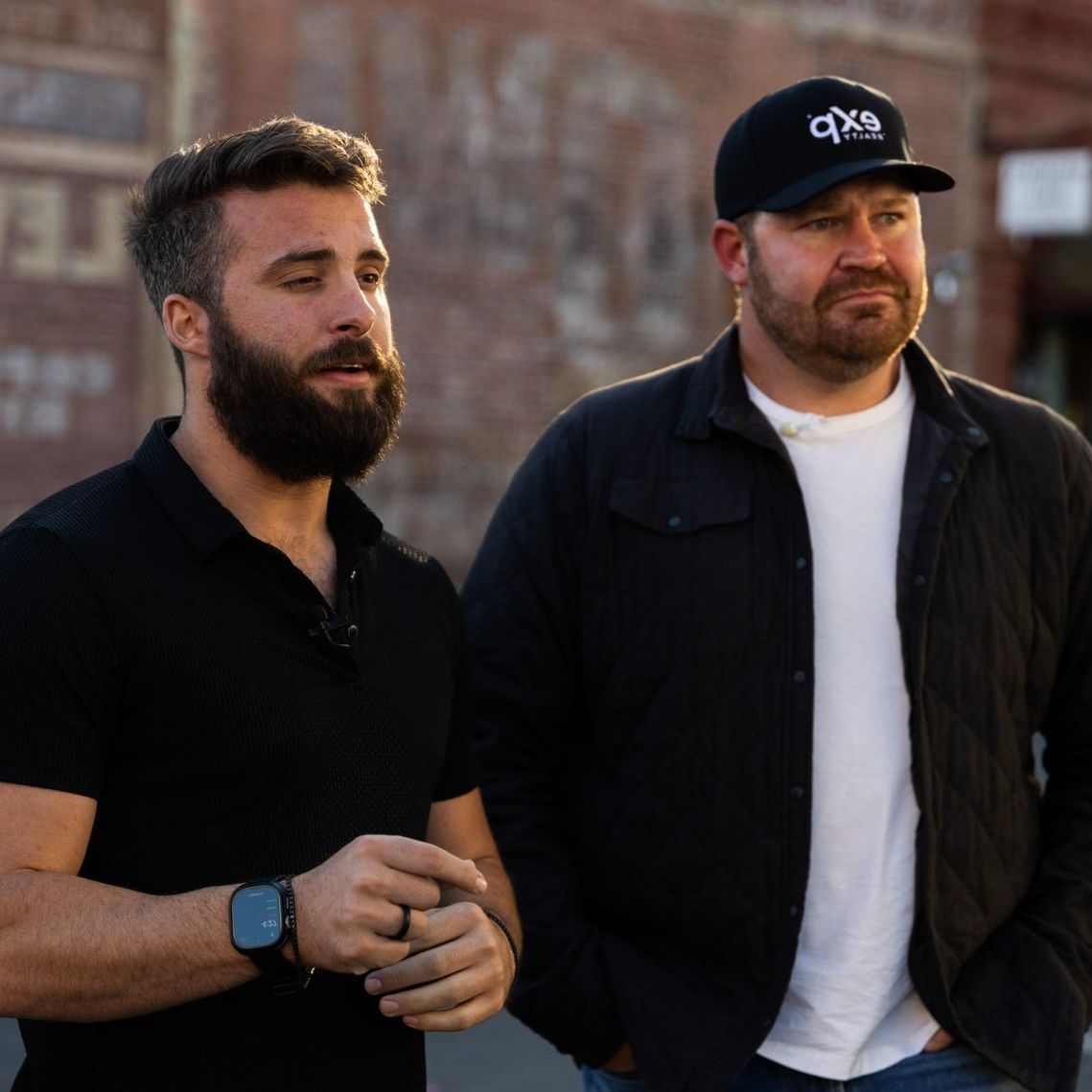
Buying Southern Oregon
At Buying Southern Oregon, we are a dynamic team dedicated to helping you achieve your real estate goals. Combining Brian Simmons’ deep market expertise and Josh Berman’s strong negotiation skills, we provide personalized service and local knowledge to ensure a seamless and rewarding experience. Whether you’re buying, selling, or relocating, we’re here to guide you every step of the way and make your Southern Oregon real estate journey a success.

